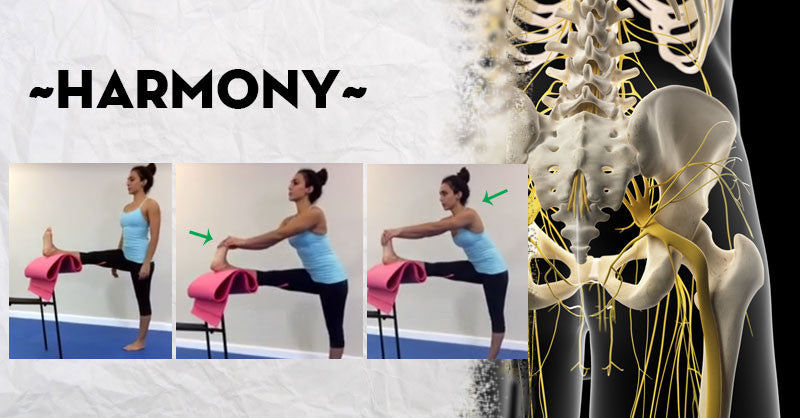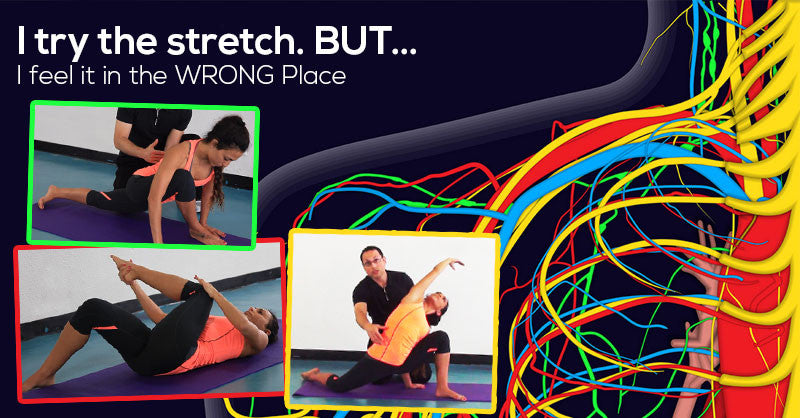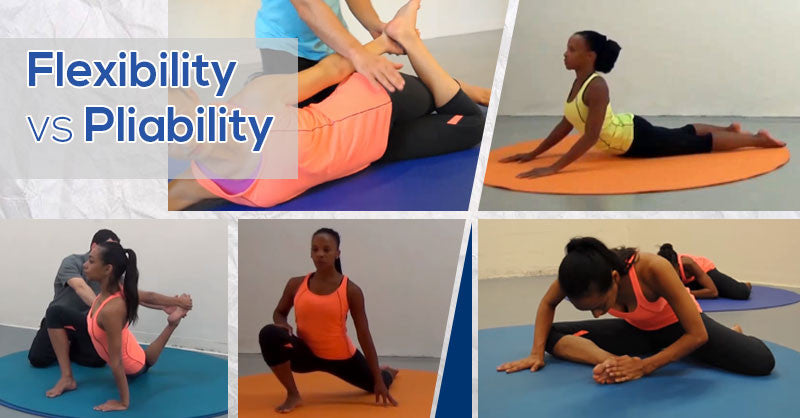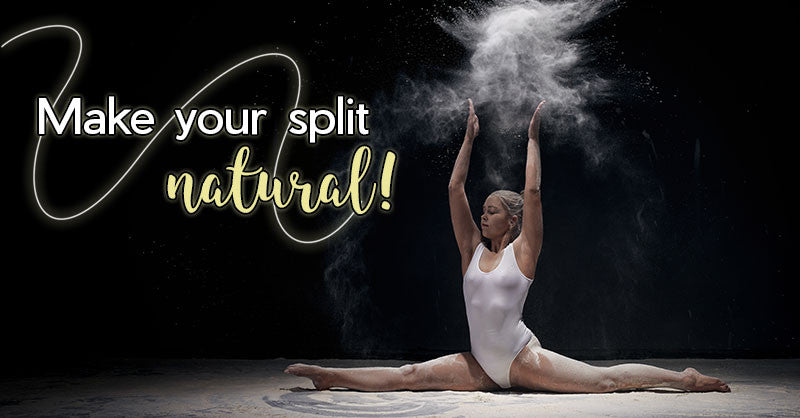Still Confused on the Kip?
Posted by EasyFlexibility Team on
Ok, so you tried the seated pike fold exercise… did it work? Are your gymnasts there yet? If you are not screaming ‘YES!’ yet then let’s see if we can help some more!

The seated pike fold is a great Zaichik (remember, that means with movement) stretch that can and should be done at all levels in gymnastics. The stretch, which relies mostly on the deep and short hip flexors, requires deep hip flexion. Below I will outline some of the key factors that are required for a successful standing pike fold. Give it another go- stick at it, as the results really do speak for themselves!
Number 1: Breathe!
One key element to this stretch is the use of breath. This is something that is so commonly overlooked. I know when I was a gymnast, my coach used to make us sing during strength and flexibility work- just to ensure we were not holding our breath!
Ensure that your gymnasts are breathing in as they lift their legs in the pike fold, and are fully exhaling as they fold forward into the pike. The head should be relaxed in neutral alignment and the shoulders should hold no tension. It is hard to do when you want to achieve a specific goal such as a low pike fold- but try to make your gymnasts ‘at ease’.
Check out this photo below that shows the action of breathing. We can see clearly here that the exhalation will naturally help us go further forward into a pike fold!

One easy way to ensure the gymnasts are focusing on their breathing is to try the exercise with their eyes closed- you’ll be amazed at the added concentration this demands!
Number 2: Push it!
The hands may look as though they contribute minimally to the seated pike fold- but actually they can make or break it for you. If you have had minimal success with this stretch by placing the hands on the floor next to the hips- move them! Place your hands on the quadriceps (thighs) or knees, depending on your flexibility. This is a fantastic recommendation made in the video, as it forces the muscles in the back to relax. In pressing down on the legs, more of a contraction is created in the lower back, causing the back to relax forwards ‘up and over’ into the stretch. If you have noticed your gymnasts creating a ‘hunch back’ look- try this trick!
Number 3: Just pause!
As I noted before, the pause in the middle of this stretch- where the gymnast is sitting on their sacrum, legs outstretched, is an imperative part of the sequence. This pause not only replicates the lifting of the ankles to the bar in the Kip, but it also forces the abdominals to ‘sit up and pay attention!’ In pausing mid way, the core muscles are recruited to hold the legs strongly in place. This contraction in the front body could be what is missing from your gymnasts contracted anterior chain of movement.
There is no harm in taking a little longer to complete the stretch to begin with. Breaking the stretch down into manageable chunks could help your gymnasts process the correct alignment and order of this stretch.
If you still see no improvement in your gymnasts- which at this point is highly unlikely- try having your gymnasts actually watch the video clip. Hearing instructions from you- their usual coach could then be processed completely differently than the ‘expert’ on the DVD!
Go Deeper
To further enhance this stretch, and to progress your more flexible gymnasts to get deeper, play around with using a foam block. A small foam block is brilliant here as it manipulates gravity!
To start, try the seated pike fold exercise with your gymnasts’ feet resting on the block. Later, attempt the drill with the gymnast themselves’ sitting on the block. Note how this is able to further stretch and challenge your gymnasts so that you are able to cater for all of those in your sessions, differentiating the workouts perfectly!
Great job coach! Stay tuned for other excellent stretches to increase the lengthening action happening at the hamstrings and gluteus maximus, the quadriceps and tensor fascia latae’s!
Continue working on this in the meantime with our Gymnastics Tuck & Pike Position Program below!
© ElasticSteel Corp., EasyFlexibility, Paul Zaichik, et. El., 2022. No part of the materials available through ElasticSteel.com, EasyFlexiiblity.com, site may be copied, photocopied, reproduced, translated or reduced to any electronic medium or machine-readable form, in whole or in part, without prior written consent of Paul Zaichik EasyFlexibility.com, Elasticsteel.com.. Any other reproduction in any form without the permission of Paul Zaichik EasyFlexibility.com, Elasticsteel.com is prohibited. All materials contained on this site are protected by United States copyright law and may not be reproduced, distributed, transmitted, displayed, published or broadcast without the prior written permission of Paul Zaichik, EasyFlexibility.com, Elasticsteel.com.





